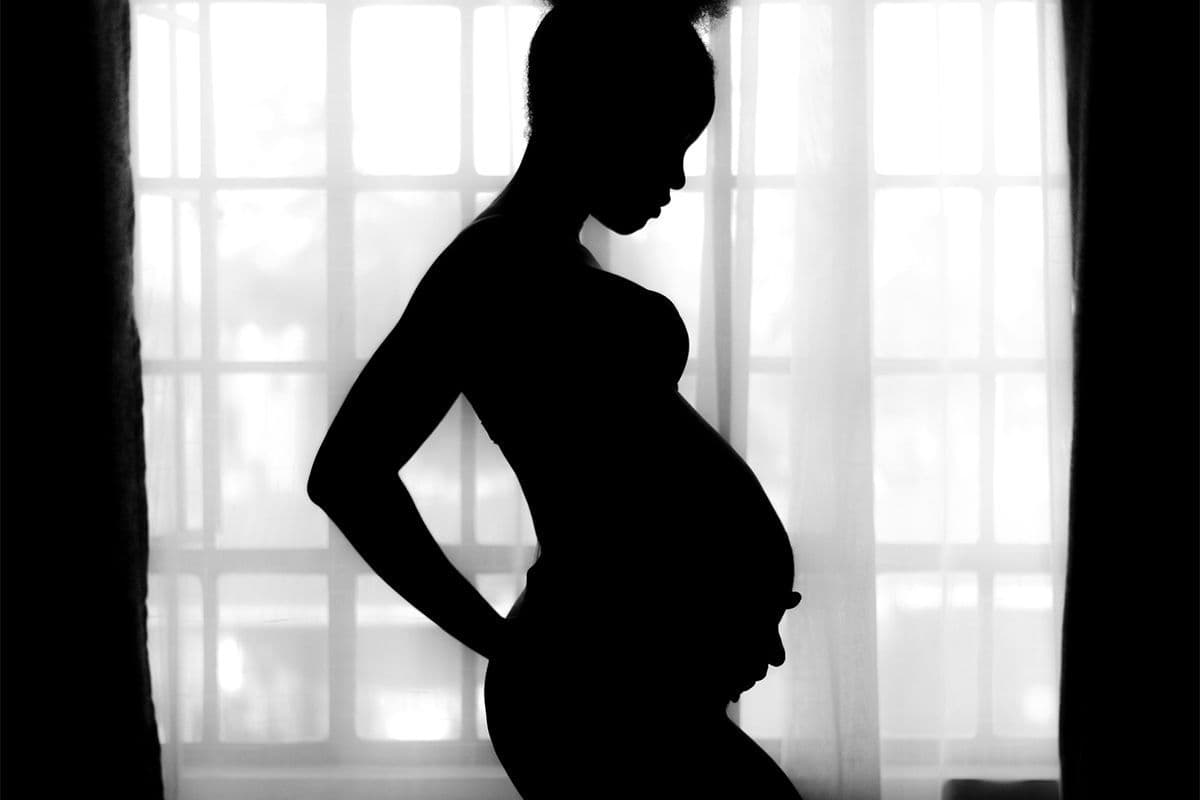Doctors Group OKs Warm Water Soak During Labor, Not Delivery
Labor & Delivery
Obie Editorial Team
On March 20, 2014, the American College of Obstetricians and Gynecologists (ACOG) and the American Academy of Pediatrics (AAP) issued a joint statement on the merits of birthing pools used duringlabor and delivery. Their joint Committee Opinion will be published in the April 214 print issue of the medical journal, Obstetrics & Gynecology, and online in advance of print publication.
The number of women interested in birthing pools has grown enough in recent years that some hospital maternity wards and other birthing centers are installing immersion tubs in their facilities. The ACOG / AAP joint committee has conducted an exhaustive evaluation of studies on the subject and find a warm water soak in the early stages of labor are likely to prove beneficial to the mother but they find no evidence that giving birth underwater benefits either mother or baby. They do, however, find reason to advise against delivery in birthing pools.
"Laboring in water may offer some potential benefits, but delivering underwater does not seem to have clear advantages, and the risk of rare, but serious, consequences to a delivering baby's health is something women and providers should all be aware of,” said Dr. Jeffrey L. Ecker, chair of the ACOG Committee on Obstetric Practice, the committee that developed the joint opinion.
Immersion in warm water during the early stages of labor is likely to reduce pain and help a woman relax easier. Some studies find labor is shorter and the need or desire for anesthesia is diminished when birthing pools are used.
Delivery in water poses some risks to the newborn the committee describes as rare but serious but it finds no verifiable benefits. These risks include increased risk of infection for mother and child, difficulty regulating the newborn's body temperature, increased risk of damage to the umbilical cord, neonatal respiratory distress if the baby inhales water from the tub, and increased risk for newborn seizures or asphyxiation.
The committee opinion includes these recommendations for the safest experiences possible to hospitals and birthing centers who use soaking tubs:
- Development of rigorous candidate screening protocols
- Procedures for proper cleaning and maintenance of birthing pools
- Infection-control standards
- Monitoring schedules for women in immersion pools
- Procedures to remove a woman from a tub if maternal or fetal distress develops
Each facility with birthing tub facilities is urged to comply with the committee's recommendations but compliance is voluntary. At the Oregon Health & Science University, Dr. Aaron Caughey, an ACOG committee member, says "We want people to do more research." At the University hospital Caughey is affiliated with, several dozen deliveries every year are underwater births. Data collection is on-going and each woman approved for underwater birth must sign a consent form and complete specialized birthing classes.
Source: "Ob-Gyns Weigh In: Laboring in Water is OK, Delivering in Water has No Proven Benefit." ACOG News Room. American Congress of Obstetricians and Gynecologists. Mar 20, 2014. Web. Mar 26, 2014.









